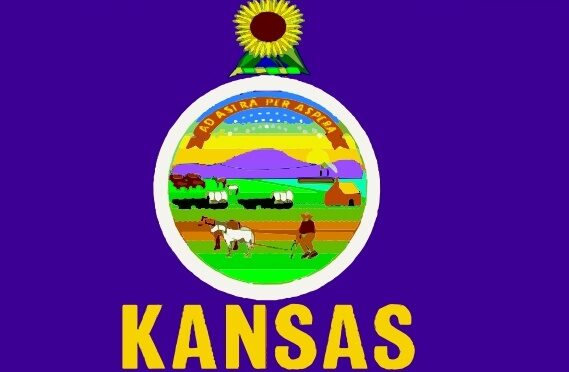Governor Laura Kelly Applauds Kansas Delegation Members for Bipartisan Support for Wildlife Conservation, Extinctions Prevention
~Governor Kelly Thanks Senators Moran, Marshall, Rep. Davids, Continues to Push All Kansas Delegation for Passage of Recovering America’s Wildlife Act~
TOPEKA — Governor Laura Kelly applauds Senators Jerry Moran and Roger Marshall and Representative Sharice Davids for their bipartisan support of the most significant wildlife conservation bill seen in nearly half a century: The Recovering America’s Wildlife Act (RAWA). The bipartisan bill will devote $1.4 billion annually to locally-led efforts – including $17.6 million to Kansas – to help prevent extinctions and help at-risk wildlife species. More than 280 local species would benefit from the bill, including lesser prairie chickens, barn owls and swift foxes.
Since 2017, Kansas Wildlife and Parks has advocated for RAWA and its many benefits to Kansas native wildlife and plants which are at risk. The bipartisan bill requires state agencies to work with locally led wildlife restoration efforts and interested Kansas partners to help conserve sensitive species in Kansas and keep them off protected lists. In Kansas, 98% of land is privately owned, and KDWP staff have the technical expertise and long-standing relationships with landowners that will accomplish the tasks of increasing habitat quality and reversing habitat loss trends.
“Conserving sensitive species in Kansas is an all hands-on-deck project, requiring vital collaboration from our federal delegation, our restoration and conservation organizations, and our local landowners,” Governor Kelly said. “Voluntary programs like this give us the resources we need to support both landowners and the species. I appreciate Kansas’ congressional delegation’s work to create a healthy environment that supports all of our native plant, fish and animal species.”
The money to fund the Act comes from civil or criminal penalties and fines generated from violations of environmental and natural resources laws and regulations. At least 15 percent of the funds will be used to help species already designated as endangered or threatened. Federally recognized tribal nations, such as the Prairie Band Potawatomi Nation and Kickapoo Tribe of Indians of the Kickapoo Reservation in Kansas, would share $97.5 million annually to fund wildlife conservation efforts on tribal lands.
“We’re facing a critical period with many sensitive species in precipitous decline. This is the most important piece of wildlife legislation in the past fifty years because of the help it offers,” Brad Loveless, Secretary of Kansas Wildlife and Parks said. “Ultimately, helping species recover and stay off of protected lists is in everyone’s best interest. By signing on as bill cosponsors in the House and Senate, Rep Davids and Senators Marshall and Moran are leading the way, and all of Kansas is grateful.”
“The Kansas Wildlife Federation is excited for Senators Moran and Marshall and Rep Davids’ engagement in this bipartisan process. The Recovering America’s Wildlife Act is a once in a generation opportunity to do something great for wildlife and we thank these legislators for being part of this on behalf of all Kansans,” Jeff Seim, Board President, Kansas Wildlife Federation said.

